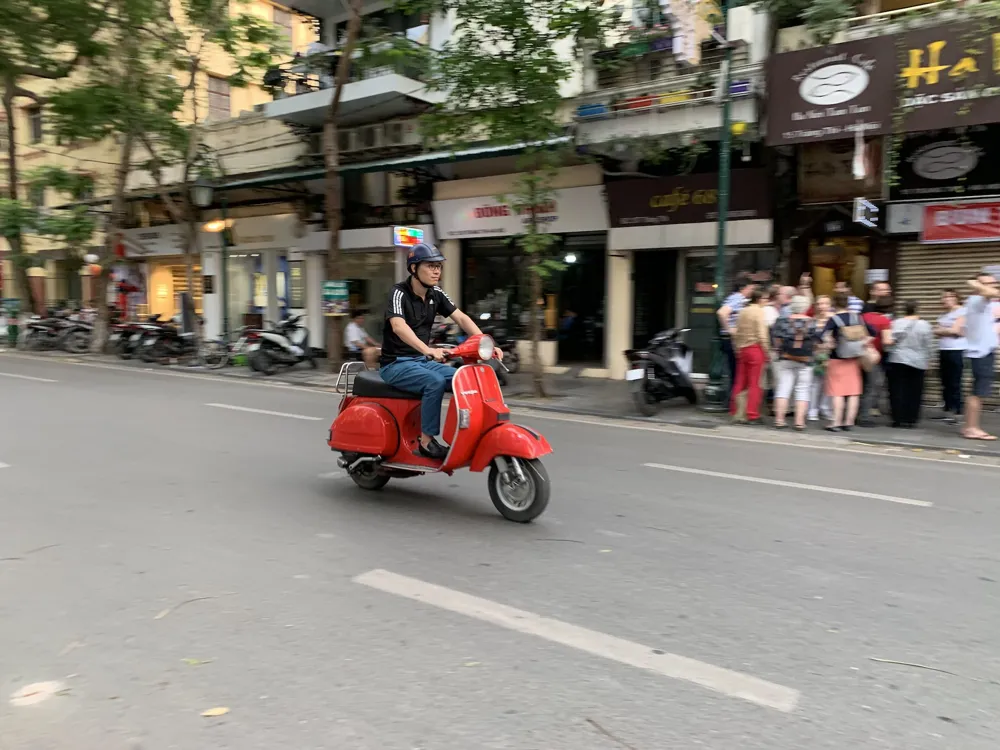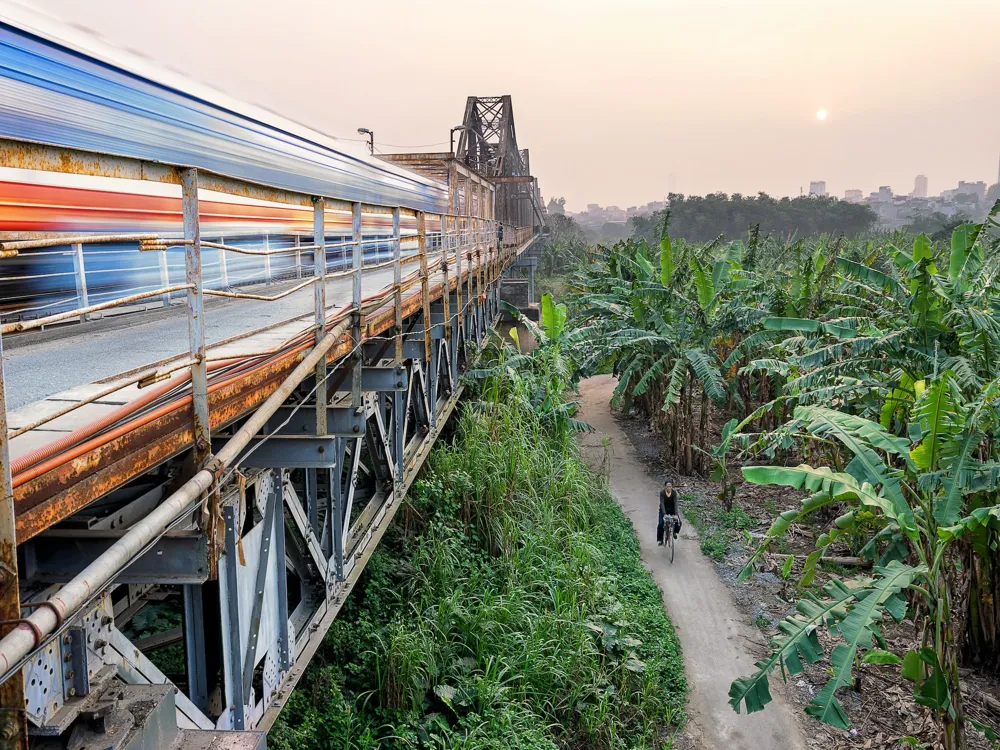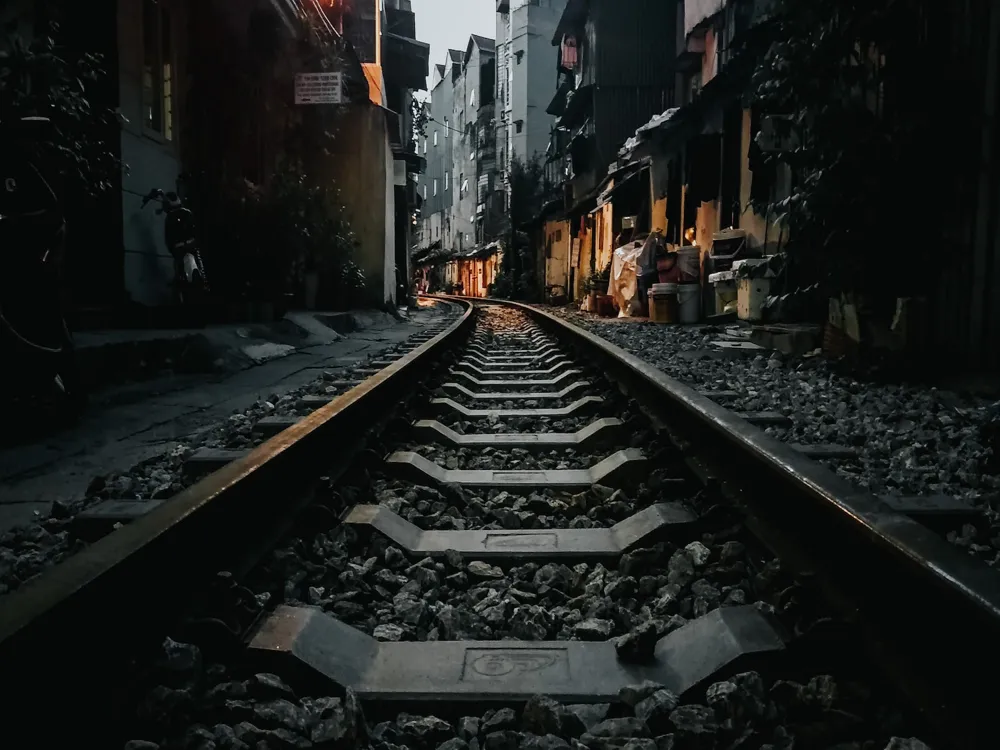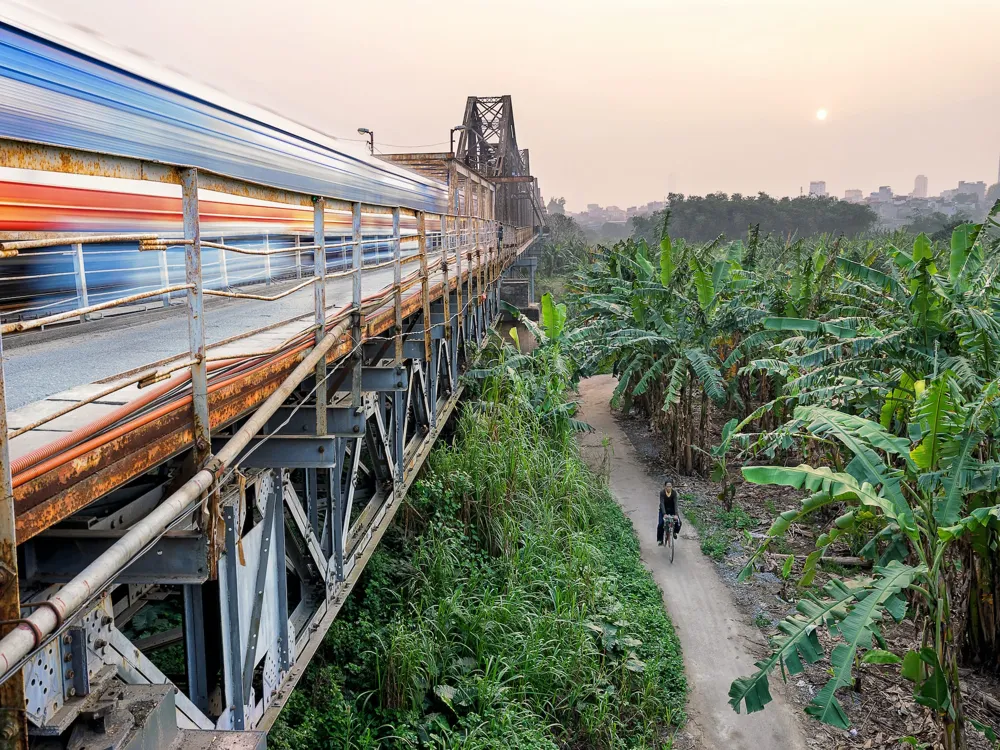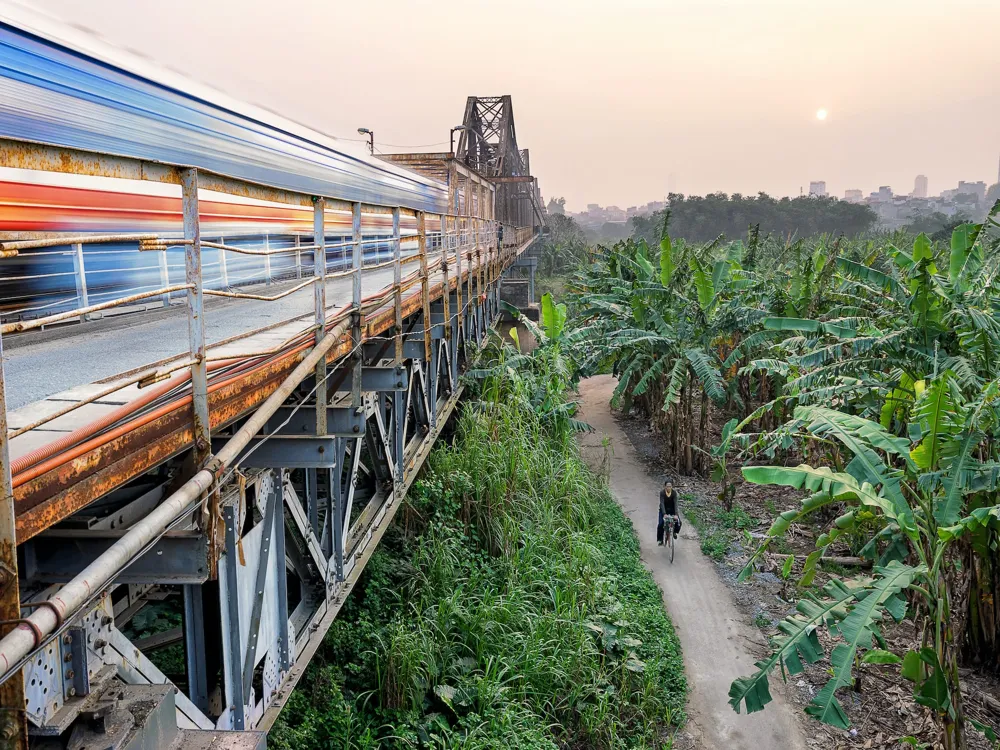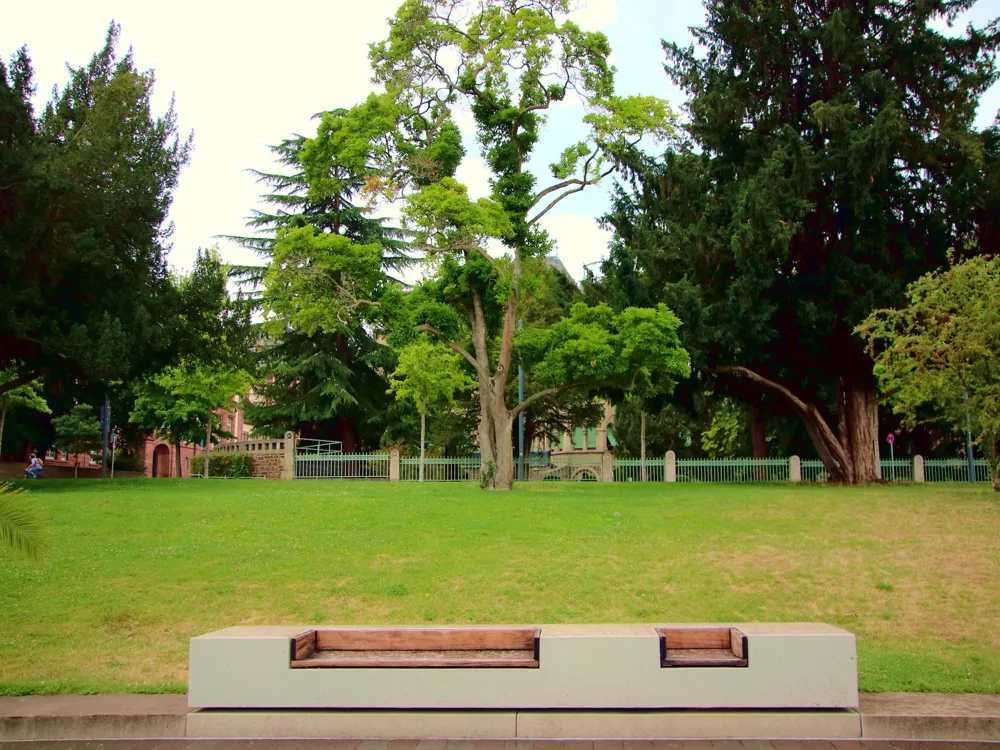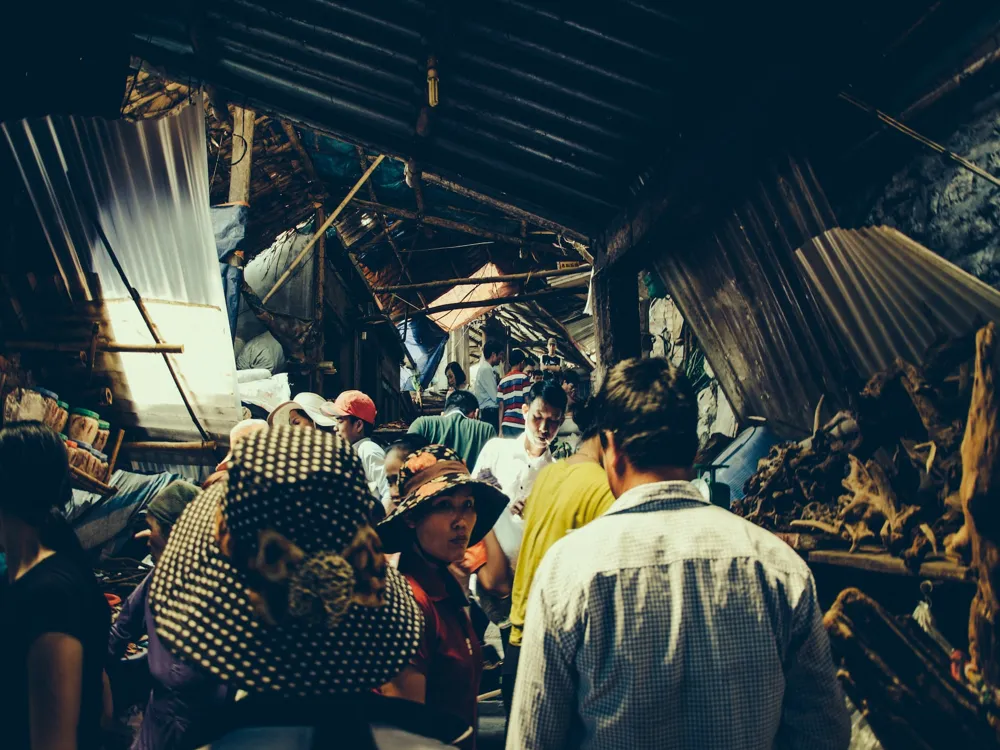Hanoi, the capital city of Vietnam, is a remarkable blend of traditional Southeast Asian charm and dynamic modernity. This city, nestled on the banks of the Red River, boasts over a thousand years of rich history, making it one of the oldest capitals in the world. Hanoi's heritage is reflected in its well-preserved ancient temples, unique theaters, and museums, alongside bustling streets and markets. The city is a melting pot of cultural influences, predominantly Chinese and French, which is evident in its architecture, cuisine, and languages. One of the most captivating aspects of Hanoi is its vibrant street life. The city's streets are a hive of activity, with vendors selling an array of goods from traditional Vietnamese food to handmade crafts. The Old Quarter, with its narrow streets and colonial architecture, is a testament to Hanoi's history. Meanwhile, the city's numerous parks and lakes offer a tranquil escape from the urban bustle. Hanoi is not just a city to visit; it's an experience to be lived, with its rich history, cultural diversity, and lively atmosphere. Hanoi has been the political heart of Vietnam for over a millennium. Its history dates back to 1010 AD, when Emperor Ly Thai To moved the capital from Hoa Lu to Dai La and renamed it Thang Long, meaning 'Ascending Dragon.' Throughout its long history, Hanoi has witnessed many invasions and occupations, from the Chinese to the French and Japanese, each leaving a unique imprint on the city's culture and architecture. In the 20th century, Hanoi played a crucial role in the Vietnamese struggle for independence and later during the Vietnam War. Today, Hanoi not only serves as the political center of Vietnam but also as a symbol of the nation's resilience and spirit. Hanoi's culture is a tapestry of influences woven over centuries. The city's traditional music, theater, and literature are deeply entwined with its history. The famous Thang Long Water Puppet Theatre showcases a unique art form originating in the rice paddies of northern Vietnam. The city is also home to various festivals and religious ceremonies that reflect the spiritual life of the Vietnamese people. Cuisine in Hanoi is another cultural highlight, offering a taste of both traditional Vietnamese dishes and French-inspired cuisine, a relic of the colonial era. The architecture of Hanoi is a physical narrative of its history, displaying a blend of indigenous and foreign influences. Ancient temples like the Temple of Literature, dating back to 1070, stand in contrast with the French colonial architecture seen in the Opera House and the historic Hotel Metropole. The city's architectural landscape is a testament to its historical journey, with each era contributing its own style and character. The architecture of Hanoi is a fascinating amalgamation of historical periods, deeply influenced by various cultures, primarily Chinese and French. This blend gives Hanoi a unique architectural character that differentiates it from other cities in Southeast Asia. Traditional Vietnamese architecture in Hanoi is characterized by its simplicity, functionality, and connection with nature. Meanwhile, French colonial architecture adds a touch of European elegance, seen in the grand boulevards, colonial villas, and public buildings. One of the most iconic architectural landmarks in Hanoi is the Imperial Citadel of Thang Long. This UNESCO World Heritage Site represents the city's historical and cultural significance. Another notable structure is the Hanoi Opera House, a classic example of French colonial architecture, and a prominent cultural venue. The city's numerous pagodas and temples, such as the Tran Quoc Pagoda and the One Pillar Pagoda, reflect the spiritual and religious life of the Vietnamese people and showcase the beauty of traditional Vietnamese architectural styles. The Chinese influence on Hanoi's architecture is evident in its ancient pagodas and temples, which reflect the principles of Feng Shui and traditional Chinese symbolism. The French colonial era, from the late 19th to the mid-20th century, introduced a completely different architectural style. French architects brought Art Nouveau and later Art Deco styles to Hanoi, leaving a legacy of wide boulevards, public squares, and grand public buildings that contrast with the traditional Vietnamese architecture. In recent years, Hanoi has experienced rapid modernization, leading to the rise of contemporary architecture. This new wave of architecture blends traditional Vietnamese elements with modern design principles, creating a unique and evolving cityscape. Modern buildings like the Lotte Center Hanoi and the Hanoi Museum showcase this synthesis of old and new, reflecting the city's dynamic growth while respecting its rich heritage. The preservation of Hanoi's historical architecture is a critical concern amidst rapid urbanization. The government and various organizations are actively working to conserve and restore important historical sites, ensuring that the city's architectural heritage is not lost. This effort not only maintains the city's cultural identity but also promotes sustainable tourism and educates future generations about Hanoi's rich architectural history. The best time to visit Hanoi is during the spring (February to April) and autumn (September to November) months. During these periods, the weather is pleasant, with moderate temperatures and lower humidity, ideal for exploring the city. Hanoi's transportation includes buses, taxis, and the recently introduced metro system. For a more authentic experience, try the cyclos (pedicabs) or rent a motorbike to navigate the city like a local. Respect the local culture and customs. Dress modestly when visiting religious sites, and always ask for permission before taking photographs of people. Street food is a must-try in Hanoi, offering a taste of authentic Vietnamese cuisine. However, ensure food safety by eating at reputable stalls. Also, be mindful of your belongings in crowded places. Hanoi is well-connected by air, road, and rail. The Noi Bai International Airport is the primary gateway for international travelers. The city is also accessible by train from other parts of Vietnam and by bus from neighboring countries. Within Vietnam, a network of highways and expressways links Hanoi with other major cities, making road trips a feasible option for visitors.Overview of Hanoi
Hanoi's Historical Significance
Cultural Richness of Hanoi
Architectural Wonders of Hanoi
Architecture of Hanoi
Influence of Chinese and French Architecture
Modern Architectural Developments in Hanoi
Preservation of Historical Architecture
Tips When Visiting Hanoi
Best Time to Visit
Local Transportation
Cultural Etiquette
Food and Safety
How To Reach Hanoi
Bao Son Paradise Park
Hanoi
₹ 15,260 onwards
View hanoi Packages
Hanoi Travel Packages
View All Packages For Hanoi
Top Hotel Collections for Hanoi

Private Pool

Luxury Hotels

5-Star Hotels

Pet Friendly
Top Hotels Near Hanoi
Other Top Ranking Places In Hanoi
View All Places To Visit In hanoi
View hanoi Packages
Hanoi Travel Packages
View All Packages For Hanoi
Top Hotel Collections for Hanoi

Private Pool

Luxury Hotels

5-Star Hotels

Pet Friendly







